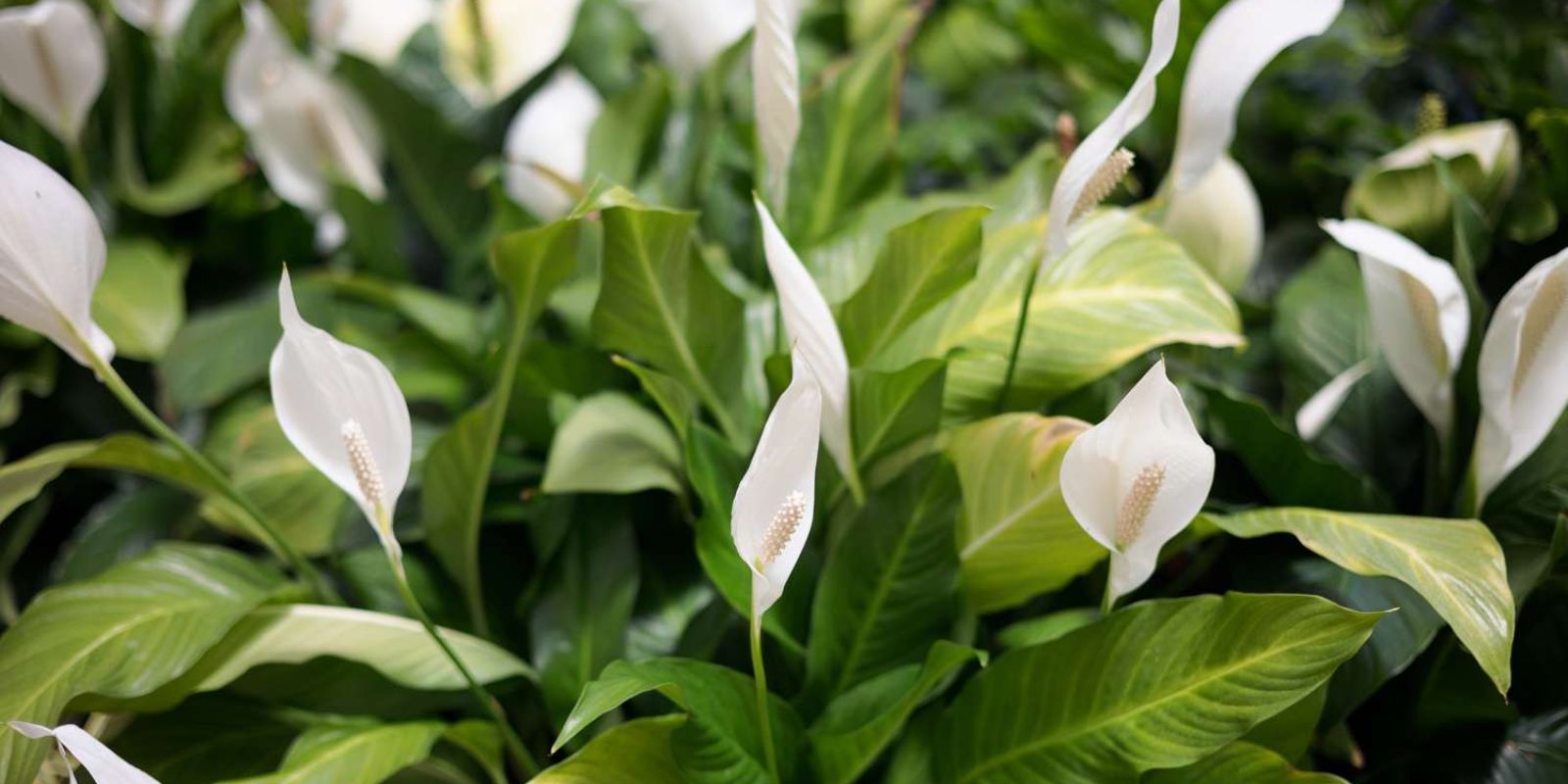The Peace Lily (Spathiphyllum), renowned for its elegant white blooms and glossy green leaves, is a popular choice for indoor gardens and home décor. Despite its beauty and relatively low-maintenance nature, keeping a Peace Lily healthy and blooming can sometimes pose a challenge. Many gardeners and plant enthusiasts struggle with over-watering or under-watering their Peace Lilies. However, there is a simple yet effective trick that can help your Peace Lily thrive without the constant need for watering. This guide will walk you through the steps to ensure your Peace Lily remains lush and vibrant for an extended period, utilizing a special watering technique with liquid fertilizer.
Understanding Peace Lily Needs
Before delving into the specific watering trick, it’s essential to understand the fundamental needs of Peace Lilies:
1. Soil Requirements:
Peace Lilies prefer well-draining soil that can retain moisture without becoming waterlogged. A mix of peat, pine bark, and perlite often works well.
2. Light Conditions:
Peace Lilies thrive in indirect light but can tolerate low light conditions. Avoid placing them in direct sunlight, as it can scorch their leaves.
3. Temperature and Humidity:
These plants prefer temperatures between 65-80°F (18-27°C) and high humidity. Keep them away from drafts and heating vents.
4. Common Issues:
Over-watering is a common issue, leading to root rot. On the other hand, under-watering can cause the plant to wilt and lose its vibrant appearance.
The Trick to Thriving Peace Lilies: Liquid Fertilizer
Using liquid fertilizer instead of plain water can be a game-changer for maintaining a healthy Peace Lily. Here’s why and how to implement this technique:
1. The Benefits of Liquid Fertilizer:
Liquid fertilizers provide essential nutrients directly to the plant, promoting robust growth and prolonged blooming. Unlike plain water, which only hydrates the plant, liquid fertilizers supply a balanced mix of macronutrients (nitrogen, phosphorus, potassium) and micronutrients (iron, magnesium, etc.) that support overall plant health.
2. Choosing the Right Fertilizer:
Opt for a balanced, water-soluble fertilizer that’s specifically designed for indoor plants. A general-purpose 20-20-20 or a formula with a slightly higher phosphorus content can work well. Avoid fertilizers with high nitrogen content, as this can lead to excessive leaf growth at the expense of flowers.
Steps to Watering Your Peace Lily with Liquid Fertilizer
Step 1: Choose the Right Liquid Fertilizer
Select a high-quality, water-soluble fertilizer. Read the label to ensure it’s suitable for indoor plants. For Peace Lilies, a balanced formula or one with slightly more phosphorus is ideal.
Step 2: Prepare the Fertilizer Solution
Mix the liquid fertilizer with water according to the manufacturer’s instructions. Typically, a solution that’s 1/4 to 1/2 strength of the recommended dosage is suitable. Over-concentrating can lead to nutrient burn, so it’s better to start with a weaker solution.
Step 3: Water the Plant
Apply the fertilizer solution to the soil evenly. Avoid pouring the solution directly onto the leaves, as this can cause damage. Ensure that the entire root zone receives the nutrients. If the pot is large, you may need to water in sections.
Step 4: Monitor Soil Moisture
Check the soil moisture regularly. The goal is to maintain a balance between keeping the soil consistently moist but not waterlogged. Only use plain water if the soil becomes extremely dry. Over-fertilization can lead to salt buildup, which may harm the plant.
Step 5: Adjust Fertilizer Application as Needed
Observe your Peace Lily for any signs of over-fertilization, such as leaf burn or an abnormal white crust on the soil surface. If these symptoms appear, reduce the frequency or concentration of the fertilizer solution. It’s usually best to fertilize every 4-6 weeks.
Additional Care Tips for Peace Lilies
1. Pruning:
Regularly remove dead or yellowing leaves to keep your Peace Lily looking its best. Pruning also helps to encourage new growth and maintain a compact shape.
2. Re-potting:
Re-pot your Peace Lily every 1-2 years or when it outgrows its pot. Choose a pot that’s 1-2 inches larger in diameter than the current one. Re-potting can help refresh the soil and promote healthy root growth.
3. Pest Control:
Peace Lilies are relatively pest-resistant, but keep an eye out for common pests like spider mites, aphids, and mealybugs. Treat infestations with insecticidal soap or neem oil.
4. Humidity:
To boost humidity, place a humidifier near the plant or use a pebble tray with water. This is especially helpful during dry winter months.
5. Avoid Toxic Materials:
Peace Lilies are mildly toxic if ingested, so keep them away from pets and small children.
Troubleshooting Common Problems
1. Yellowing Leaves:
Yellow leaves can indicate over-watering or nutrient imbalances. Ensure you’re not over-fertilizing and adjust watering practices as needed.
2. Wilting Leaves:
Wilting can result from both over-watering and under-watering. Check the soil moisture and adjust your watering routine accordingly.
3. Brown Tips:
Brown leaf tips may be a sign of low humidity or excessive fertilizer. Increase humidity and reduce fertilizer concentration if necessary.
Conclusion
By incorporating the use of liquid fertilizer into your Peace Lily care routine, you can significantly enhance its health and longevity. This technique provides essential nutrients directly to the plant, supporting vibrant growth and beautiful blooms. Along with proper watering practices, soil conditions, and general care, this method will help ensure your Peace Lily remains a stunning and enduring part of your indoor garden.
Embrace this simple yet effective trick to keep your Peace Lily flourishing. With a little attention and the right approach, your Peace Lily will thrive, offering you years of beauty and enjoyment. Happy gardening!

